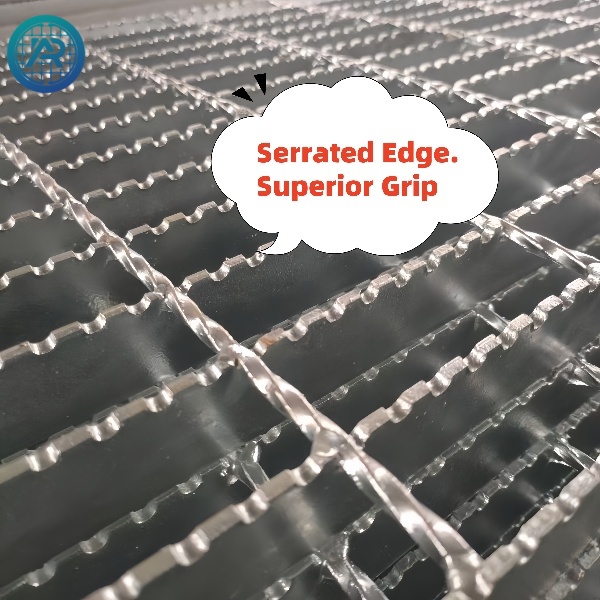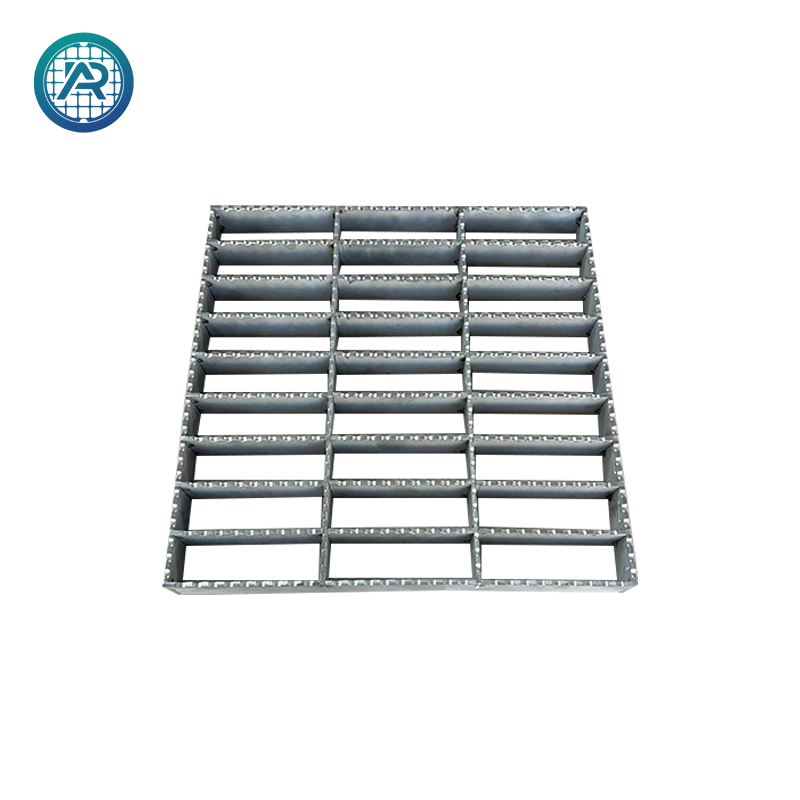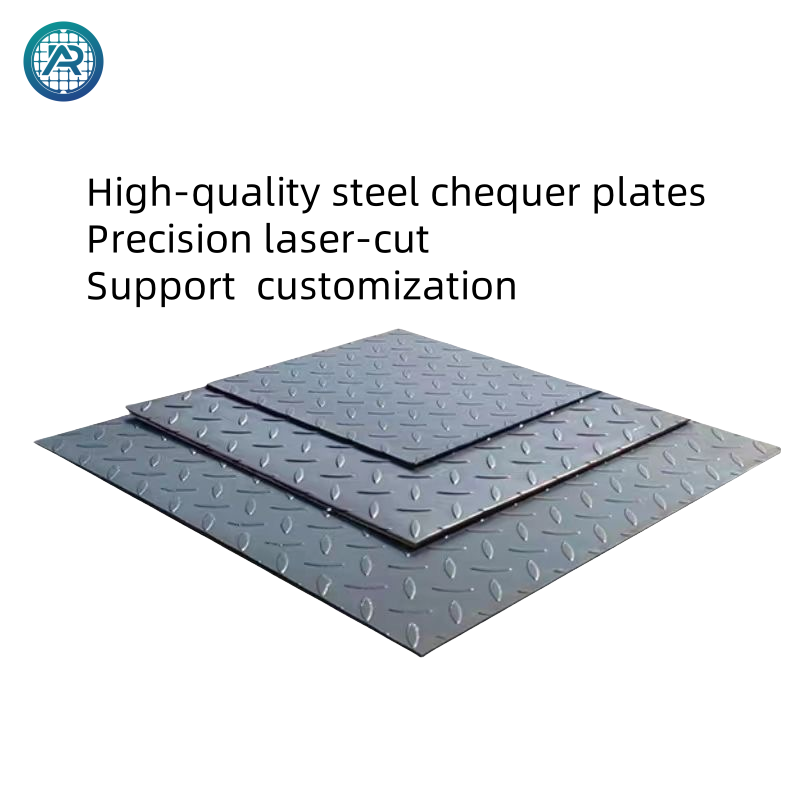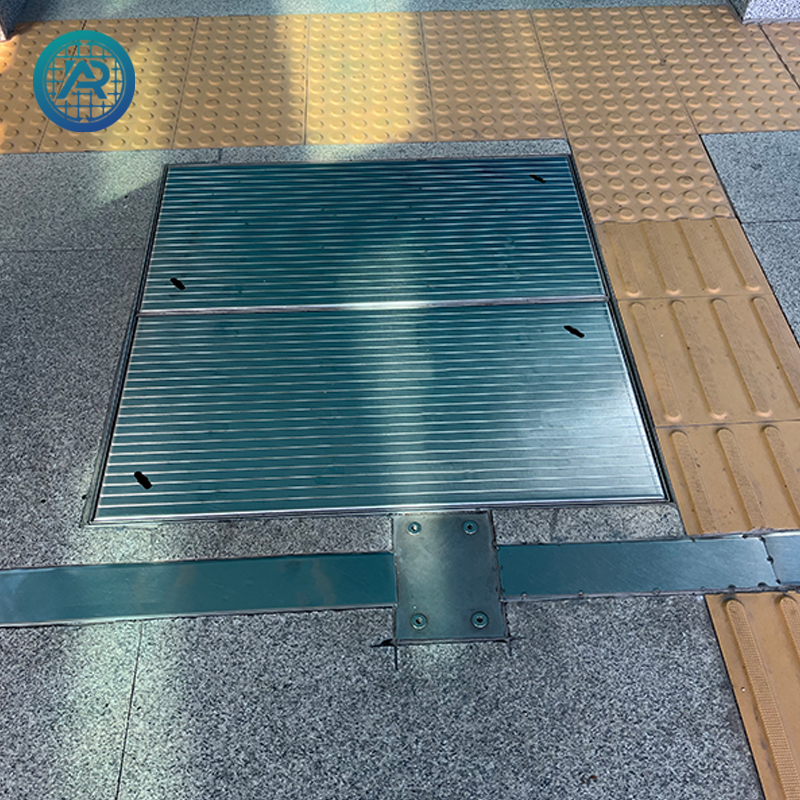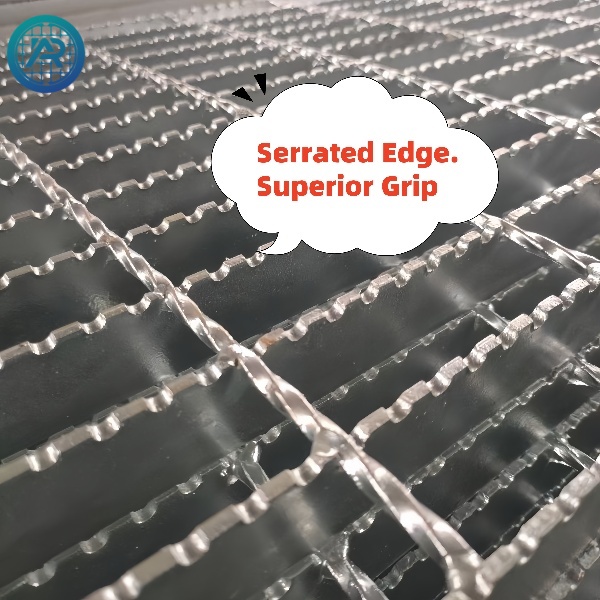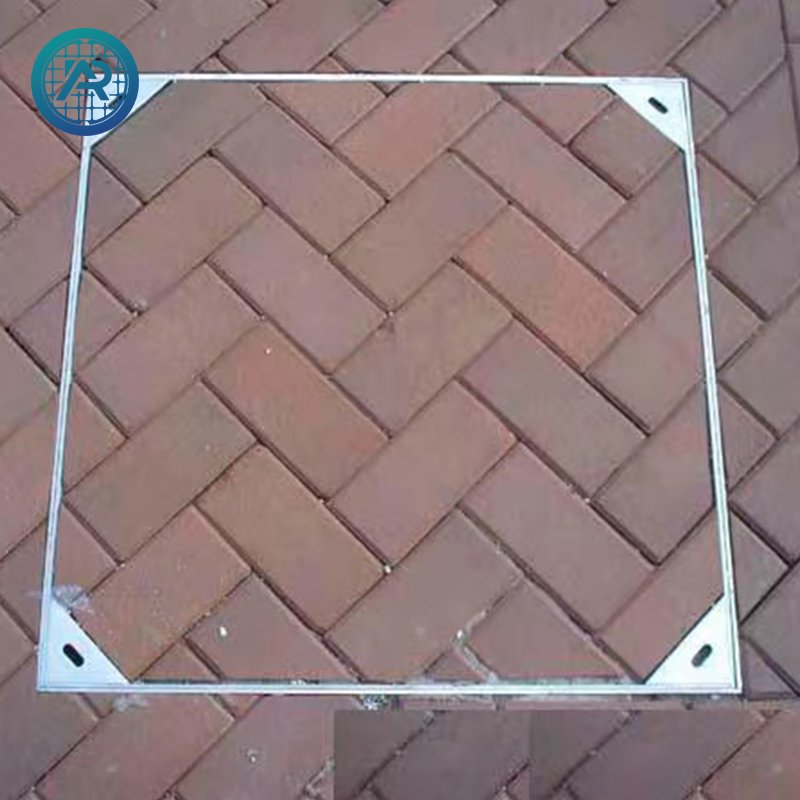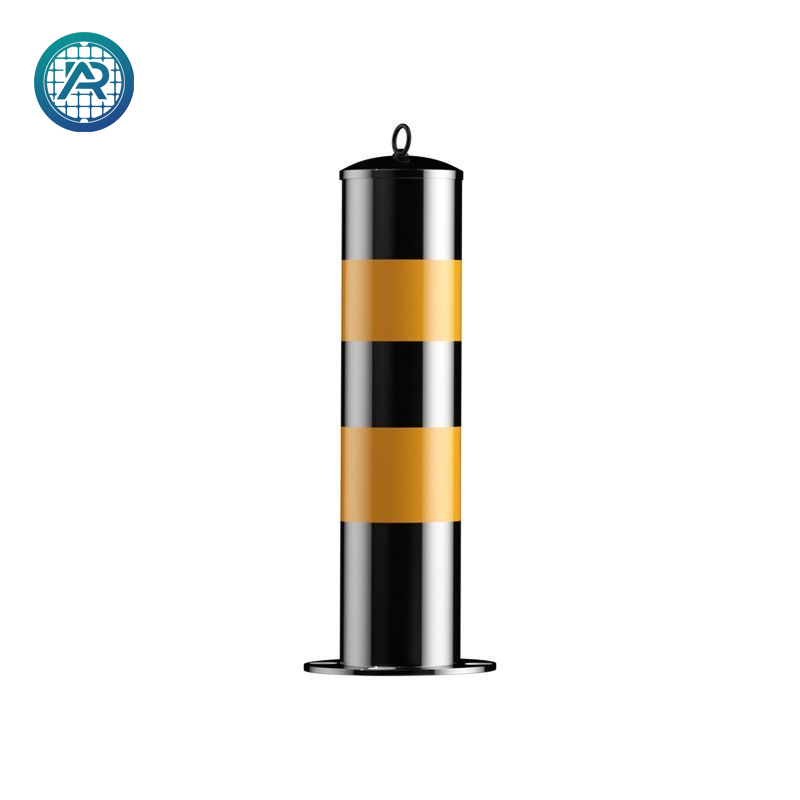Under the dual pressures of climate change and rapid urbanization, traditional drainage systems face unprecedented challenges. The World Bank predicts global urban flood losses will reach $1.4 trillion by 2050, while aging underground pipelines cause 240,000 sewer explosions annually in the US alone. Smart grating systems, functioning as urban "nerve endings," are triggering an infrastructure revolution.
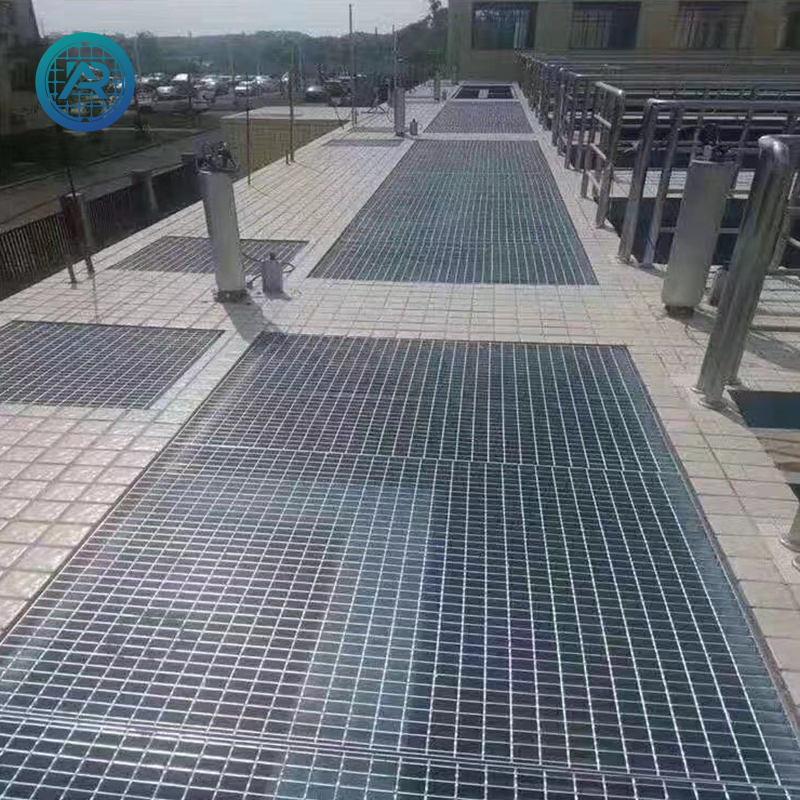
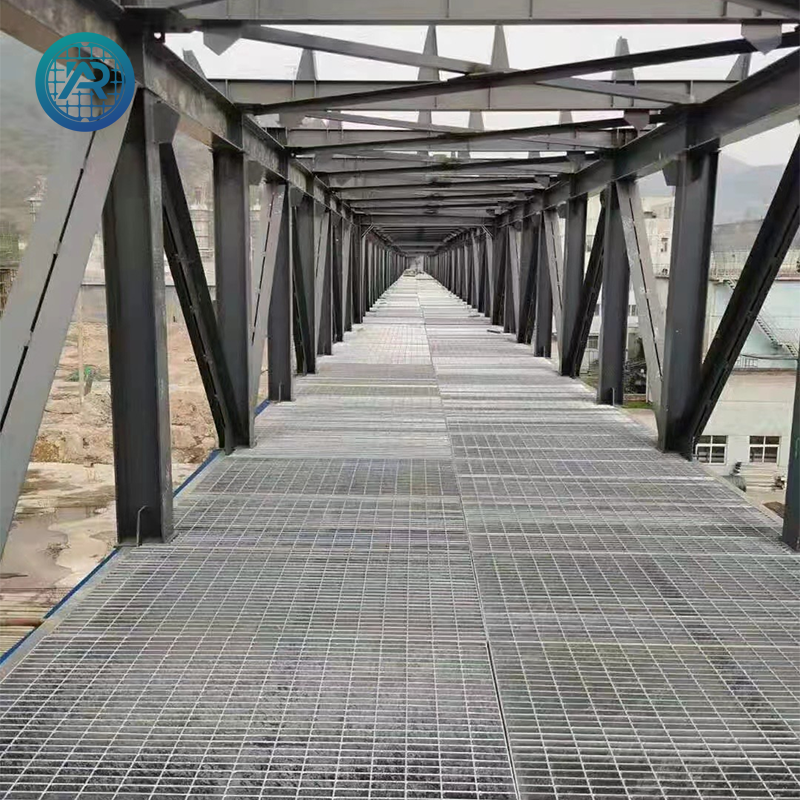
1. Technological Breakthroughs: From Static Components to Dynamic Sensing Systems
Modern smart gratings integrate three core technologies:
Multimodal Sensor Fusion: Pressure/flow/water quality sensors provide real-time monitoring, proven in Rotterdam pilots to predict floods 40 minutes in advance (95% accuracy);
Self-Adjusting Drainage: MIT's shape-memory alloy gratings expand pore size by 30%-200% during rainfall, tripling drainage efficiency;
Edge Computing: On-board AI chips enable localized data processing, showing 17x faster response than cloud systems in Dubai projects.
2. Safety Paradigm Shift: From Passive Protection to Active Defense
Bio-Chemical Barriers: Changi Airport's graphene-coated gratings detect and neutralize Ebola/COVID-19 (99.7% inactivation);
Structural Health Monitoring: Tokyo's vibration-sensing gratings predicted 83% of ground collapse incidents;
Anti-Terror Systems: London's electromagnetic gratings form physical barriers within 0.2 seconds during attacks.
3. Business Model Innovation: From Product Sales to Data Services
Smart gratings are reshaping commercial ecosystems:
Subscription Insurance: Zurich Insurance's "Grating Health Index" system offers 30% premium rebates for cities reducing accidents;
Carbon Trading: Berlin's smart gratings generate €23,000/year in carbon credits through rainwater retention calculations;
Digital Twins: Shanghai's Lingang New City cut pipeline maintenance costs by 58% using 50,000+ smart gratings as an "underground ECG."
4. Challenges and Outlook
Current barriers include:
High initial costs (45/m²);
Data silos (87% cities fail to integrate water/power/transport data);
Cybersecurity risks (2023 Munich ransomware attack on smart gratings).
With self-healing polymers and quantum encryption advances, smart gratings are expected to reach cost parity by 2030. Nokia Bell Labs research shows 6G-integrated grating networks could boost urban emergency response efficiency by 400%. This silent infrastructure revolution is redefining humanity's relationship with cities.

